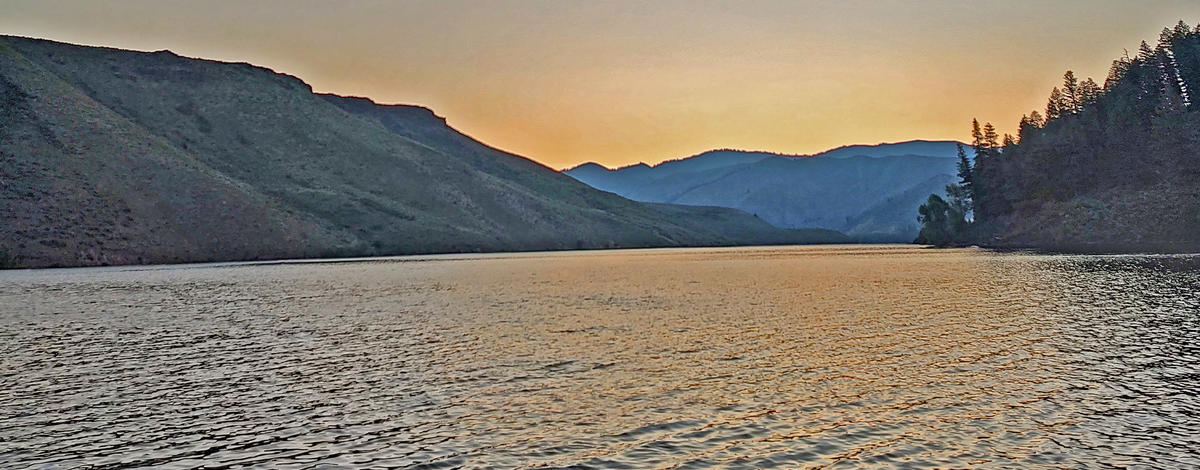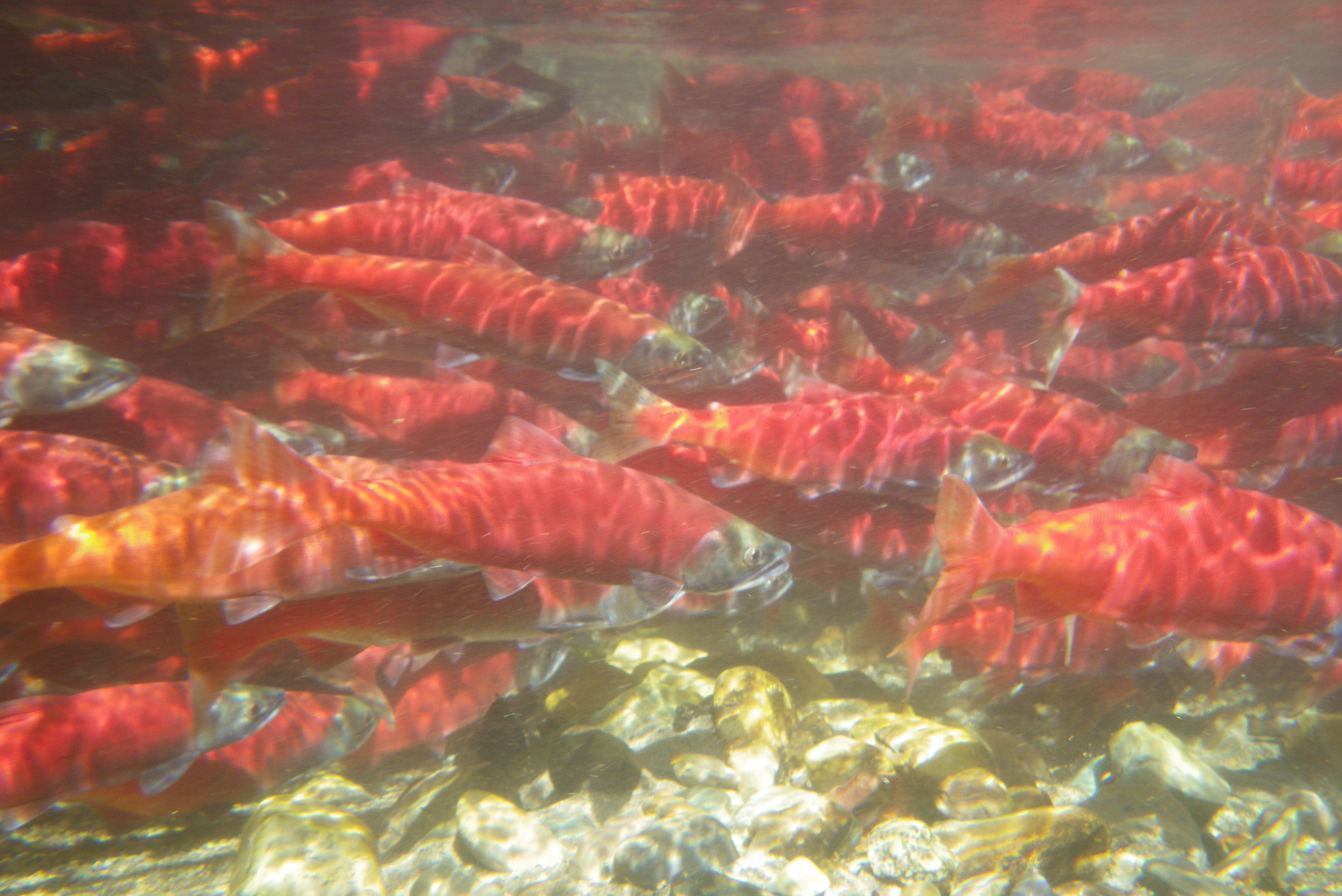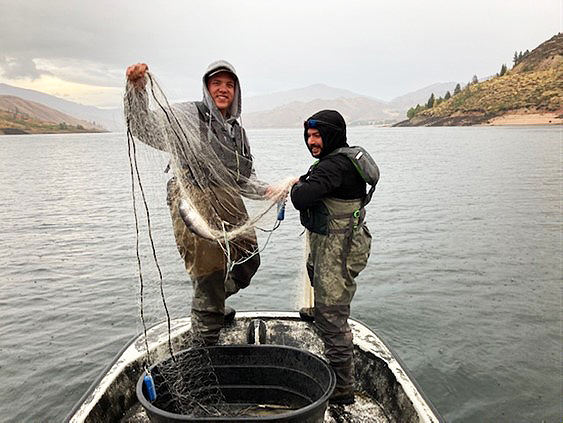The 2020 kokanee season in Anderson Ranch Reservoir proved to be one of the worst on record, with dismal catch rates and poor overall fishing conditions.
The cause of this slump was simple.
The Anderson Ranch Reservoir kokanee population has traditionally been self-sustaining, requiring little hatchery supplementation. High runoff events in 2017 that flushed many young kokanee out of the Boise River system coupled with higher levels of angler harvest on adult fish limited an entire age-class of young kokanee from entering the fishery.
Fast forward three years to 2020 and the 3-year-old fish that generally make up the fishery in Anderson Ranch Reservoir weren’t there for anglers to target. However, since 2020 the kokanee fishery has shown consistent signs of improvement.



